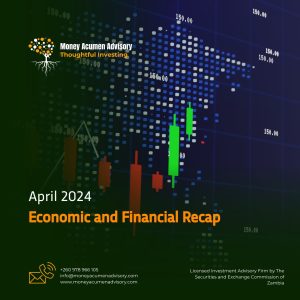Zambia’s Trade Report
Zambia’s trade performance in 2024 exhibited mixed results, characterized by growth in exports but overshadowed by an even faster rise in imports, leading to a growing trade deficit. By October 2024, the country recorded a trade deficit of K3.1 billion, a sharp increase from the K1.7 billion deficit in September 2024. This widening gap between exports and imports signalled the country’s reliance on imports for critical goods and energy.
Export Trends and Performance
Export earnings increased by 5.6% in October 2024, rising to K25.6 billion from K24.2 billion in the previous month. This growth was driven by three key categories. Raw materials, such as nickel ores and concentrates, saw a remarkable 39.0% increase, underscoring Zambia’s position as a vital supplier of these resources. Copper anodes, a major intermediate good, contributed an additional 2.4%, while consumer goods, including aerated waters, experienced a significant 22.5% growth. The export sector’s reliance on copper and raw materials reaffirmed the mining industry’s continued dominance as the cornerstone of Zambia’s economy.
However, the narrow range of export products poses risks to economic stability. Despite steady demand for these goods, any significant fluctuation in global commodity prices or demand for copper could leave the economy vulnerable. This dependence underscores the importance of diversifying export offerings to include higher-value goods and services.
Import Trends and Performance
Imports increased at a faster pace than exports, surging by 10.7% from K25.9 billion in September to K28.7 billion in October. The rise in imports was primarily fuelled by energy-related products, such as gas oils, which grew by 19.0%, and electrical energy, which rose by 12.2%. Additionally, raw materials like zinc concentrates recorded a 19.6% increase, reflecting Zambia’s demand for industrial inputs.
The growing reliance on imported energy and raw materials in 2024 showed both industrial and domestic challenges. Rising energy demand, coupled with global price pressures, significantly inflated the import bill. This trend suggests that Zambia’s energy infrastructure requires enhancement to reduce dependency on costly imports. Investments in renewable energy and energy-efficient technologies could mitigate these costs and improve trade balances over time.
Trade Deficit Analysis
The simultaneous rise in exports and imports resulted in a widening trade deficit. The October 2024 trade deficit of K3.1 billion marked a notable increase from the K1.7 billion deficit in September, primarily due to the more rapid growth of imports. While export growth is a positive indicator, the country’s heavy reliance on imported energy and raw materials eroded the gains from export earnings. This imbalance emphasizes the urgent need to manage imports while strengthening local production capabilities.
2024 Trade Performance Overview
In 2024, Zambia’s export performance remained steady, driven largely by the mining sector, with copper and related products accounting for the majority of earnings. At the same time, the rising import bill was fuelled by the growing demand for energy-related goods and raw materials essential for industrial and household consumption. Although this is an indicator Zambia’s expanding industrial base, it was also a major factor in the increasing trade deficit.




